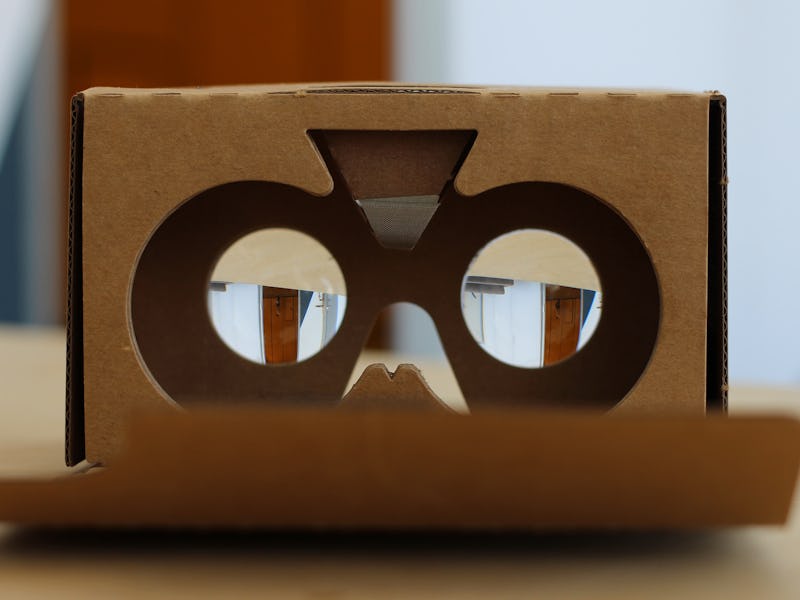Will Google's Cardboard Virtual Reality Headsets Excite Early Adopters?
Is giving someone the worst version of a soon-to-be-released product really a good idea?

The New York Times is partnering with Google to send cardboard virtual reality headsets to a million of its subscribers. Ostensibly, the idea is to allow people to watch an immersive documentary about child war refugees, but this “new journalism” is also old marketing. The Times looks relevant — it’s a genuinely interesting project — and Google gets to gin up excitement for VR. And that push couldn’t be coming at a better time.
If you subscribe to newspapers that cover national politics, you also likely subscribe to the idea of hype cycles, basically the notion that periods of pre-promotion can set an audience up for disappointment. Virtual reality might already be in a “trough of disillusionment,” per the information technology analysts at Gartner. That VR won’t deliver is a fear that hasn’t been assuaged despite Oculus Rift’s progress and technical achievements. As Palmer Luckey, the Oculus’ creator, recently took to Twitter, high-end VR has to stick the landing:
The price point with the NY Times-Google deal, if you subscribe to the Grey Lady, is zero. Will Cardboard be cool enough to hook consumers? It doesn’t really need to be because it’s free. What it needs to do is prime people for the real thing, which, as far as Google is concerned, is the AR Magic Leap system.
A million VR headsets isn’t enough to make VR a media mainstay, but it absolutely is enough to calibrate expectations going into multiple years of big product launches. These headsets are being used to tell a story today and to change a story that will run tomorrow.